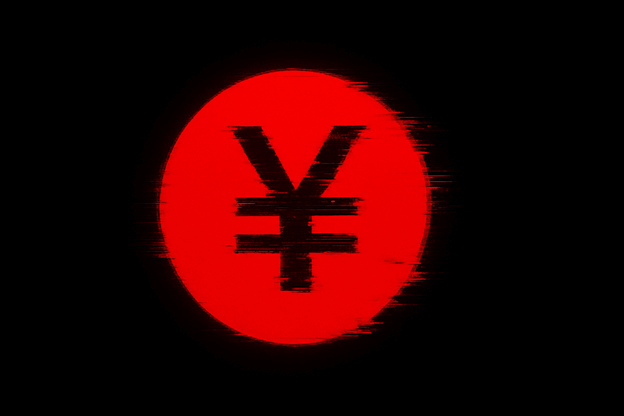
Stablecoin Wars: China Edition
Posted July 29, 2025
Chris Campbell
The most powerful weapon in the world isn’t a missile, a navy, or some quantum computer locked inside a DARPA basement.
It’s a spreadsheet.
More specifically: a spreadsheet backed by faith, printed into existence, and disguised as a currency.
For the past 80 years, that spreadsheet has been the U.S. dollar.
It runs the world. Not because it’s the prettiest. Not because it’s the most moral. But because everyone assumes it’ll still be standing tomorrow—and nobody wants to be first to stop pretending.
But now, the world’s default setting is glitching.
The GENIUS Act is Washington’s way of keeping that glitch from bringing down the system. It doesn’t just regulate stablecoins—it weaponizes them.
It codifies the dollar’s dominance, ensuring that even in the world of blockchains, the U.S. stays the default setting.
But money moves like physics—every bold step triggers a counterstrike.
China is quietly clapping back with a digital attack aimed straight at the dollar’s global grip.
Yes, using stablecoins.
The Attack Begins in Hong Kong
A few months ago, something happened that few noticed.
Two Chinese tech giants—Ant Group (yes, the Alibaba one) and JD.com—started discussions with the People’s Bank of China to approve a new kind of digital currency.
A “CNH” stablecoin.
CNH = Chinese Yuan traded in Hong Kong.
The CNH is an offshore twin to CNY—presumably freer, looser, and more market-driven. (How much freer, as usual, is unclear.)
Why does this matter?
Because up until now, China’s been the ultimate crypto buzzkill. It banned Bitcoin. It banned exchanges. It built a digital yuan (e-CNY), but only let it play in carefully fenced-in government sandboxes.
Now, suddenly, they’re flirting with the idea of letting private companies issue blockchain-based yuan overseas.
On May 21, Hong Kong passed the Stablecoin Ordinance—a fancy way of saying: “Hey, if you want to create a regulated stablecoin backed by fiat, here’s your playbook.”
The law kicks in August 1. Over 40 companies are lining up to apply. But licenses will be rare, maybe single digits. (And the licensing process is expected to take several months.)
You’ll need tens of millions in capital, local offices, audited reserves, and regulators breathing down your neck. You can’t just whip up a whitepaper and pretend you’re Satoshi.
The prize? The right to issue a compliant yuan-backed CNH stablecoin to be used for cross-border trade, retail payments, B2B settlements, and geopolitical influence.
Why Now?
Because the GENIUS Act makes the U.S. too powerful in an open stablecoin regime.
Instead of fighting crypto, America decided to leverage its momentum.
After all, 99% of stablecoin volume is already USD-based. Tether alone processed over $20 trillion last year. Even if we assume some of that’s from wash trading and bots, it’s still more than Visa, Mastercard, and PayPal—combined.
Tether’s USDT did what aircraft carriers could not: spread the dollar to every corner of the internet.
China took notes. And now they want in.
China’s betting on a “dual-track” strategy:
- Track One: The e-CNY, controlled by the central bank, dominates domestic payments.
- Track Two: A CNH stablecoin, backed by reserves and issued offshore, conquers the world.
Although we’re forced to speculate, it's not hard to see where this is headed…
The biggest headache for many Belt and Road Initiative (BRI) countries? Dollar dependence.
Even when they trade with China, they often have to route payments through U.S.-centric systems like SWIFT, exposing them to delays, costs, and geopolitical risk.
CNH stablecoins solve the “last mile” problem for the BRI by empowering small exporters, logistics firms, and local merchants to transact in yuan without needing mainland bank accounts.
That’s where players like JD.com and Ant Group come in. While the BRI builds the hardware, CNH stablecoins are the software—quietly extending China’s economic reach.
This isn’t just about crypto anymore.
It’s about currency wars played on blockchain battlefields.
And China just made its move.
As always, we’re tracking this trend and what it means for the new rules of money—and how to get ahead of it—closely.
You’ll be the first to know.
